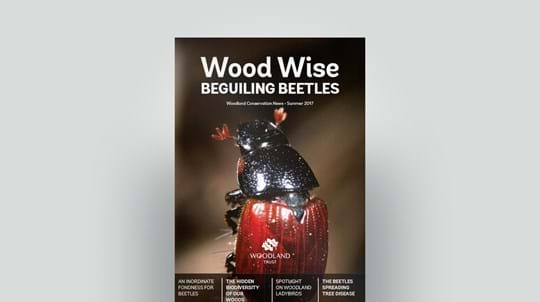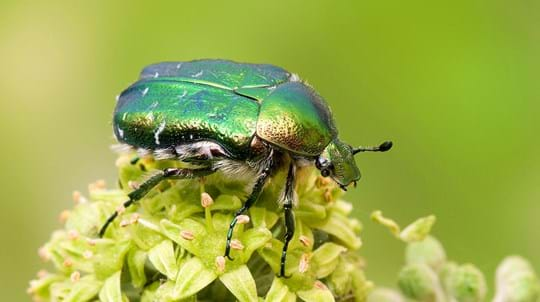
Credit: Arterra Picture Library / Alamy Stock Photo
What do stag beetles eat?
Adults: survive solely on tree sap and energy stores from their larval stage.
Larvae: spend their development munching on deadwood underground, building up enough energy to emerge and mate when they reach adulthood.












